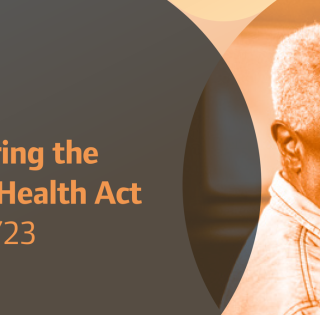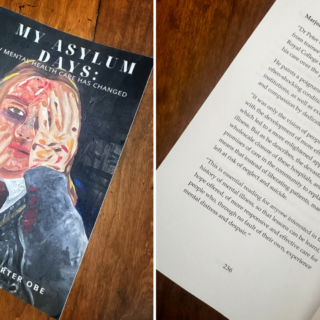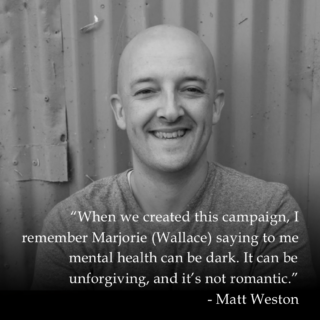Investigating causes and trends of male suicide
A total of 4,382 men took their own lives in the UK in 2017, with the male suicide rate being three times as high as that of females. This 3 in 4 ratio has remained roughly the same since the early 1990s so we’re taking a look at some of the factors behind the disparity.
Most at risk group
Men most at risk of suicide are middle-aged, typically those aged 45 to 59. This time of life is often considered a period of transition, when men are caught between their younger, more active selves and the reality of growing older and, for example, having children move away.
Men typically have fewer supportive relationships than women, meaning they are often dependent on a partner for emotional support. When something disrupts this fine balance, for example marriage breakdown or the death of a family member, it can have a significant impact on a man’s mental health. Men often can respond to such triggers in ways that can over time make matters worse.
Suicide methods
Despite more men dying by suicide in the UK, women actually make more attempts. One of the reasons why this isn’t reflected in the outcomes is because men typically use more lethal methods such as hanging and falling. Women are significantly more likely to poison themselves.
According to the Office for National Statistics, 60% of suicides by men in 2017 were by hanging, with the figure for women being 42%.
The challenge of masculinity
An inability to express yourself, a lack of emotional literacy, can have devastating consequences. Our research shows men would be less likely than women to speak to a family member or close friend if they experienced depression or a similar condition. However, they’re more likely than women to speak to somebody less intimately involved, such as a neighbour or work colleague. This underlines one of the challenges of masculinity, as admitting to having a mental health problem is often wrongly viewed by men as admitting weakness.
Added to this, men can have a much more sceptical attitude towards counselling or therapy when in trouble, which means if they use such services at all it may be when they have reached crisis point. For example, men are less likely to access psychological therapies than women, accounting for only 2 in 5 referrals to IAPT.
Men are also more likely to respond to stressful events through risky behaviours, such as misusing drink or drugs.
Socioeconomic link
People from poorer backgrounds face the highest risk of dying by suicide. A report titled Inequalities and Suicidal Behaviour by Professor Stephen Platt shows that men from the lowest social class who live in the most deprived areas are up to ten times more likely to end their lives than those in the highest social class from the most affluent areas.
For centuries men have been seen as the main ‘family provider,’ a role which is evolving but one, which when challenged, can result in severe consequences. As men typically spend more years of their life at work, employment and forging successful careers are ways they can construct their masculine identity. Not progressing on the career ladder or becoming unemployed can lead to feelings of worthlessness and insecurity. This feeling can be heightened especially among working class men.
Preventing suicide
Although suicide rates have seen significant drops in recent years, suicide remains the most common cause of death for men under the age of 45. Falling rates, however, show that we can prevent people taking their own lives. Treating underlying mental health problems such as depression, which may drive people to give up hope, not only save the lives of individuals, but the suffering of families and others close to them.
One of the most important things we can draw from our years of supporting people who contact us when suicidal, is that the choice of whether to take one’s own life, even in the most desperate of moments, invariably remains finely balanced. It only takes someone to intervene, to provide some solace or distraction, for the moment to pass.
If you’re looking for support or information, please visit our Emotional Support page.





